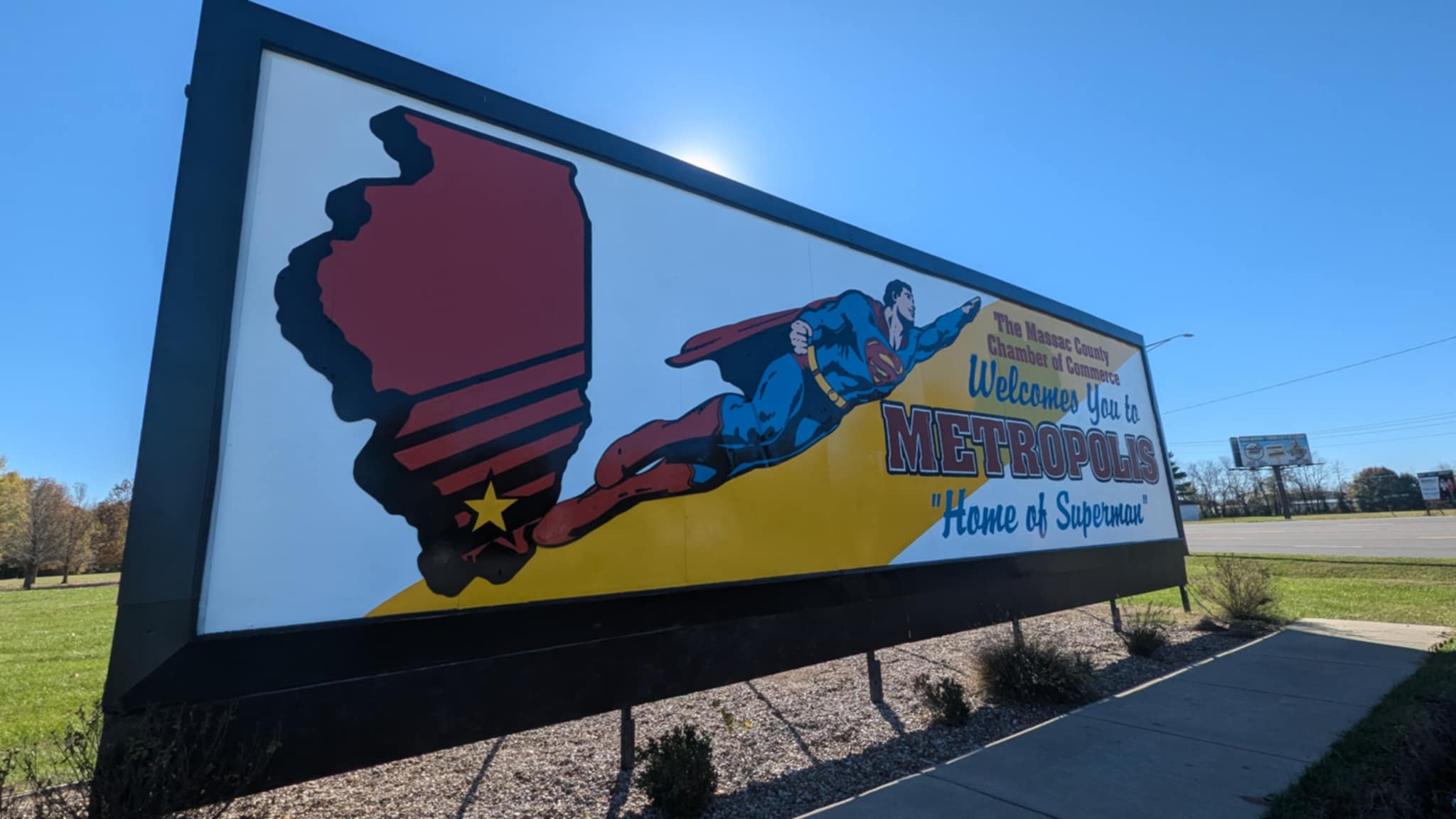
Just as with the last issue, Batman #154 can be separated into two component yet disparate parts: detective work and political conflict. Each one is given its own section of the story to occupy and so far they don’t seem to much overlap. It’s still early and Zdarsky has plenty of time to start tying the two threads together, but the danger of making social commentary a major aspect of a story is that if it doesn’t integrate with everything else it can come off as ham-fisted. Until that merger happens, each storyline will need to be evaluated independently.
The issue begins with the investigation of the murder of Mayor Nakano. At least on the surface it seems like your standard Batman case setup. A prominent figure is dead, Batman is sort-of-but-not-really working with the GCPD, and there are plenty of potential suspects that are put forth. As a reader you don’t know how many, if any, are red herrings, or even if it’s some sort of conspiracy involving all of them. It’s a solid premise from which to build the rest of the mystery.

Where the cracks start to show is when you dig into how the case is actually carried out. The possible trails of clues are so scattershot that the only way to give Batman a solid direction is to have Nakano’s assistant directly tell him about the shady businessman named Leonid Kull he’s been secretly meeting with. It’s a bit too easy, but it gives the story some focus. Once he meets with Kull he learns what the reader did last issue: that the Court of Owls is secretly involved with everything in some way, but it’s not clear how.
We also revisit the long lost half-brother plotline, which is honestly too much of a cliché to have much impact. Comics have always had a lot of soap opera in their DNA, but this particular trope is overused to the point of being a punchline used to mock them. Tom Taylor just got done with a similar twist in Nightwing, and a different long lost half-brother of Bruce’s was even the antagonist of the original Court of Owls story.
This sort of noir detective storytelling often lives or dies by the atmosphere, but the art here doesn’t effectively provide that much needed ambiance. This is unfortunately in large part due to Tomeu Morey’s colors. While I’ve praised their work with lighting and shadows before, here everything comes off as too bright and colorful to evoke the right mood. It often uses neons and saturation when darkness and minimalism would be more appropriate.

As stated before, the other half of the story is the political conflict, and it’s tough to figure out what to make of it. Don’t get me wrong, on the surface it’s blindingly obvious what’s being said. These are right-wing populist protestors who hate charity for being too “communist” and attracting “illegal immigrants”. It’s used to set up the hyper-nationalist and authoritarian hero Commander Star. He even makes a comment about a few “bad actors” not representing the freedom-loving protestors. It’s not hard to figure out what sorts of events and groups are being satirized here.

This mishmash of contradictory beliefs about the role of the wealthy elite in society is certainly topical, but calls into question what exactly is being said on a narrative level. I’m reminded of Ram V’s recently finished Detective Comics run, where fear of outsiders and unrest was key to understanding the central conflict of how much people would be willing to give up for the illusion of security. That sort of thematic cohesion doesn’t seem to exist here. Again, it’s still early in the story and there is time to tie things together, but I certainly hope it’s not simply a matter of a Make Gotham Great Again movement spontaneously appearing because the story demands it.
Recommended If
- You like conspiracy mysteries
- Long lost siblings aren’t too overused as a twist in comics
- Current events haven’t soured your desire for a story about political protests
Overall
Batman is drawn into a mystery with very familiar story beats but no clear answers, while groups of anti-charity protestors set the stage for an authoritarian “superhero” antagonist. It’s still too early to definitively say much on either the detective mystery or social commentary in Batman #154, but both elements have begun establishing what the central conflicts will be, if not how they’ll fit together.
Score: 6/10



















 English (US) ·
English (US) ·